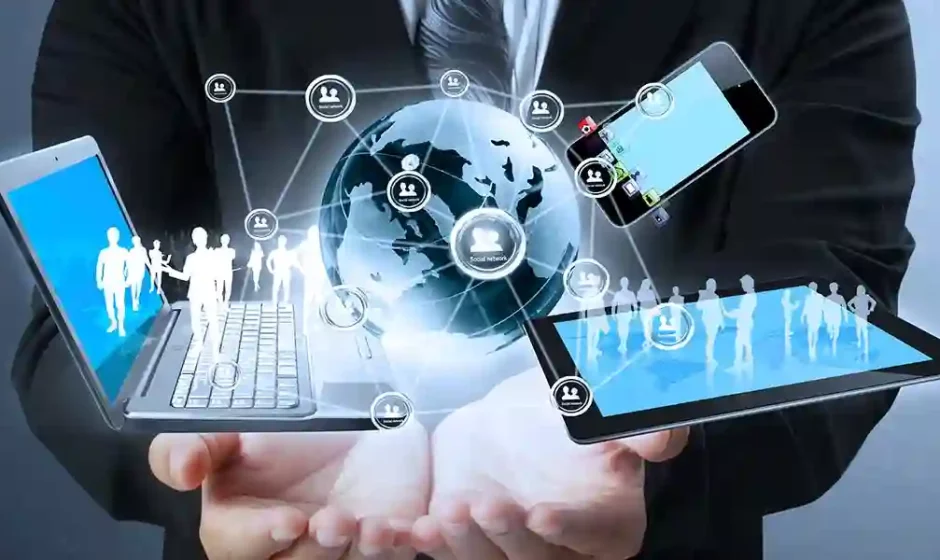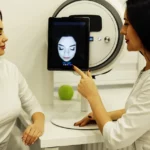Technology has facilitated communication between people. From instant messaging to social media, the technology helps us to communicate with people globally in a short turnaround time.
AI is more than just Siri and Alexa, it’s the brains behind facial recognition and the way you unlock your phone. It’s also in the smart thermostat you use to save energy and even in your coffee brewer.
Artificial Intelligence (AI)
The technology behind AI can be found in many devices that have become commonplace. The voice assistants on your phone (Alexa from Amazon, Siri from Apple) and Google Assistant are examples of AI.
These technologies use natural language processing and computer vision, both branches of AI. They can translate speech and text into other languages, transcribe audio and video in real time, and provide recommendations based on your search history.
AI can also help increase productivity. It can be used to automate mundane tasks and eliminate repetitive tasks. It can even prevent human error and reduce workplace accidents in hazardous environments. Some experts are worried that AI may eventually develop into a superintelligence, or ASI, that will have the ability to learn, think and solve problems at rates faster than humans.
Social Media
Many people use social media as a way to connect with others. It can help them to keep in touch with friends and family members who live in different cities or countries. It can also be used to share information and ideas.
Many social media sites also offer educational content, such as cooking tutorials or photography lessons. This allows individuals to learn new skills and expand their knowledge without leaving the comfort of their homes.
Social media also provides a platform for people to express their creativity. They can post their artistic works on the site for millions of people to see. This can inspire other people and open the door to success. Moreover, it can also be used to make money by promoting products or services.
Bluetooth
Bluetooth is a wireless technology that allows you to connect electronic devices with each other without using cables or wires. It is used in headsets, mobile phones, printers, digital cameras, laptop computers and many other electronic devices.
The Bluetooth standard uses a radio-frequency (2.4GHz) communication protocol to enable short-range wireless transmissions between devices. It can connect a wide range of devices like keyboards and mice to PCs, and it also allows you to stream music or movies from your phone to headphones.
You can also use Bluetooth to unlock doors and sort photos in your digital albums, but the technology has a number of controversial uses as well — from facial recognition systems that help police identify suspects to stores using it to provide you with personalized shopping recommendations.
Virtual Private Network (VPN)
The technology helps protect devices and users that connect to the internet. It creates a secure, encrypted connection over less secure networks such as the public internet.
It hides your IP address, which is a number that identifies your device on the internet. This prevents online hackers from knowing what websites you visit or what information you send.
It also prevents bandwidth throttling by hiding your data from websites that limit access to their services based on location. Many VPN service providers offer servers in different countries, so you can select one that best suits your needs. Most major VPN providers support a wide range of mobile devices, including laptops, tablets, smart phones, and voice assistants. Some even support tethering. This is especially useful for travelers who need to use a portable device while in the field.
Mobile Payments
Mobile payments offer individuals a secure, convenient and private way to make point-of-sale purchases and to send money. This form of payment is becoming more popular with younger generations and businesses are implementing this technology to cater to these customers.
Using mobile POS payments can help your business gain insights into your customers’ spending habits. This information can then be used to implement new campaigns and promotions to boost revenue. It also helps to reduce lines at restaurants, as NFC mobile payments process transactions faster than swipe or EMV chip payments.
Mobile payments work by using a digital wallet on the smartphone that holds banking credit/debit card and loyalty card information. Several major phone carriers and payment apps like Google Pay and Apple Pay offer this functionality.


